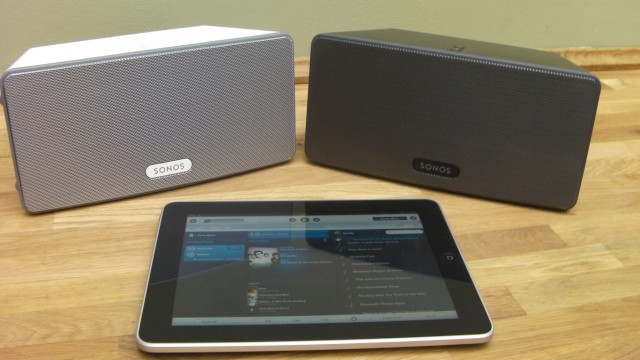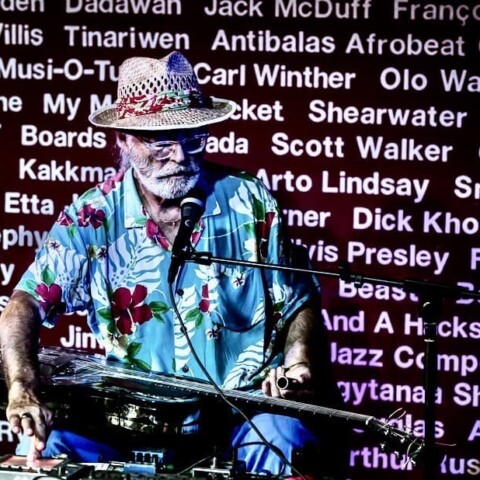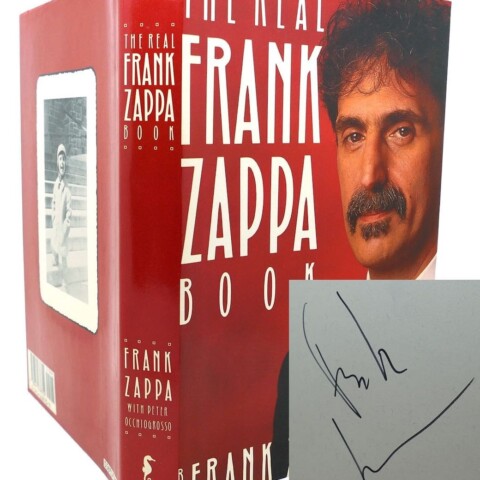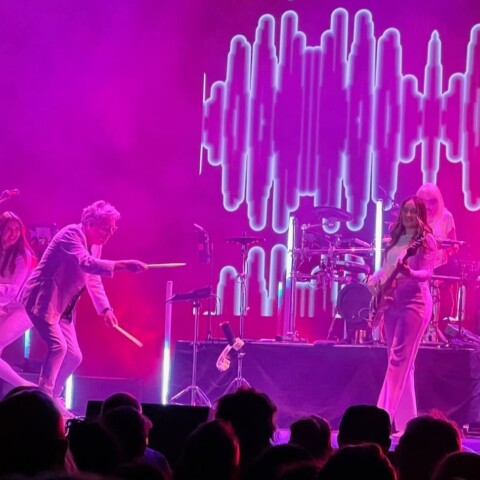 Back in the early ‘70s, when I was but a pimply adolescent wearing scratchy, school-issue shorts, my parents bought a grocery store. Supermarkets had yet to take off in a huge way in Hamilton, and this medium-sized mini-market was pretty busy.
Back in the early ‘70s, when I was but a pimply adolescent wearing scratchy, school-issue shorts, my parents bought a grocery store. Supermarkets had yet to take off in a huge way in Hamilton, and this medium-sized mini-market was pretty busy.
The shop only sold a few things that really interested me: cigarettes (I covertly tried every brand), ice-cream (hence the pimples), and a swivel rack containing discount-price LP records.
I took every single album home to audition (carefully, of course) on my brother’s fabulous Oriana 2.5 watt music system, and that’s how I discovered the wonders of The Nice, pre-Experience Hendrix recordings, and the one and only long player by NZ group Highway.
I never knew anything about these guys (the digital superhighway wasn’t too fast in those days) and had a love-hate relationship with the record. I couldn’t quite figure it out, because it was a bunch of grooves more than songs, and in 1972, I liked songs. It still made it into my rapidly expanding LP collection, but later, during the punk era, I sold it to Sylvio’s second-hand dealer in Wellington’s Cuba St, along with a whole lot of other hippy music, to make way for some angry, sharp and spiky new wave sounds. Oh, how I regret that exchange.
What a surprise, then, to see this obscure item reissued on CD in 2011, lovingly packaged and annotated, and with a remastering job that really shows up the hidden depths of the recording.
Listening to it for the first time in over 30 years, I’m amazed at how I can still remember it so well. I can even mimic the guitar solos.
It’s a weird experience. Here’s a record that is deeply flawed, but is also rather great. The cliches pile up pretty quickly. The first track has a grinding country-rock groove and a woeful lyric about listening to the band. The title: ‘Listen To The Band’. It almost sounds like he’s making the words up on the spot.
Then, in the middle, something weird happens. Like one of those groovy porn soundtracks from the early ’70s, they cut everything back in order to build the groove up again, and despite awful lyric couplets (“when the music is over baby/and they all go home/ don’t forget the singer now/don’t forget the song/the one that got you off/what about that guitar/ooh/you played a mean guitar, you think you could go far/maybe a rock’n’roll star”, etc), the singer’s rough-edged, expressive adenoidal vocal works its trick, when combined with the most important elements here: the drums and bass.
It’s important to realise that back then, NZ recording engineers didn’t seem to know how to record drums and bass with any bite or depth whatsoever, so the fact that what sounds essentially like a loose jam session sounds so good is almost miraculous.
Nick Bollinger in his over-the-top assessment talks about the duo guitars being in the same league as the Allman Brothers, but these guys don’t have anything like the firepower. The guitars are fairly thin, and they do have a slightly southern rock-into-country-into-funk feel but they’re spindly, nothing like the fluid sounds of more famous guitar practitioners of the era. But that’s of little consequence, because the album rocks.
‘Daisy’ is only five minutes, and is something like a real song, with a real pop chorus, but the rest of it could almost be Poco or even Little Feat. But even this has a middle section that’s a cosmic jam, with the singer doing an ecstatic vamp. It sounds really curtailed, like they would have stretched out live like a Grateful Dead epic.
‘A Whole Lot Of Everything… And Nothing’ is a dirty boogie with a lyric to match, an ode to the greaser gypsy rock lifestyle that would have denoted liberation, or at least freedom, at the time. There’s an odd, awkward but enticing choral pause before they launch back into that bucking bronco of a boogie. There’s plenty of guitar here, and it’s good work, but hardly ‘Layla’.
‘I Only Wanted To Rock And Roll’ says a lot about the singer’s lyrical approach. It’s such a shame that he was so limited in his lyric concerns, because the way he wraps his tonsils around the words is mighty impressive in a rough-hewn way. There is a loose but well practiced, pub-band feel. But there’s more than a little bit of JB here, both in the riffing/grooves and the twisting vocal gyrations. Proof of some cross-fertilisation between genres and races even back in the provincial NZ of 1971.
“When I see the morning sun/Look out on a brand new day”, he sings on ‘New Day’, with its uptempo message. But even here he can’t resist a bit of scatting, and there’s a tempo change down to a slow sensuous drift before it gears up again.
Eight and a half minutes of ‘The Ride’, which rhythmically mimics the click-clack of train tracks. He’s going to get down with a funky woman. You really hear the duo guitar interplay on this, and it’s closest to the Allman Bros comparison, but way less fluid, more rancid boogie (and that’s a compliment). In the freak out middle section the guitar makes horn noises and it all gets very percussive.
‘Smashing’ is the psychedelic freak out track. It sounds like something the Nice or one of those English psych bands could have done in ’67. It breaks down and someone says “play something we all know” – a sentiment bands must have heard much too often back then at gigs – before launching into an exquisite jazz/rock finale.
Two songs are tacked onto the end: The single a and b-sides, and they sound like a different band. Just conventional hokey country rock.
Highway is really something special, for all its flaws, and deserves a place in every collection of great historic NZ music.
Oh, and it sounds really good, too. GARY STEEL
Music = 4/5
Sound = 4/5
















I remember them well. As a budding guitarist at the time I was very interested in Phil’s work. I played the LP to death, don’t know what happened to it, but will be obtaining a copy of the CD.